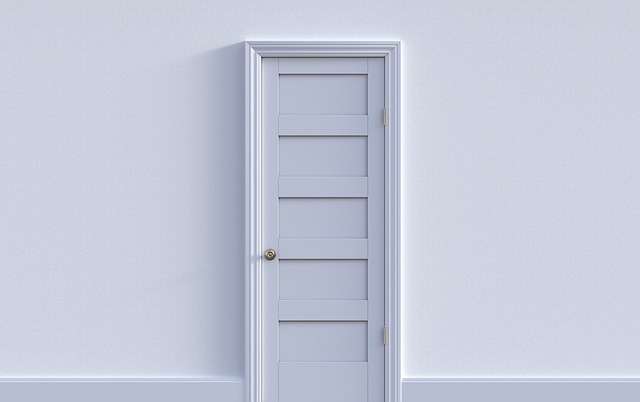
When a home looks well-kept on the surface, it’s easy to assume that everything inside is in good shape. Fresh paint, polished floors, and updated fixtures can give a sense of security—but behind the drywall, a very different story can unfold. Many of the most costly and disruptive problems start quietly, hidden from view, and only make themselves known when the damage is advanced.
Moisture’s Slow March
Water intrusion is one of the most common hidden threats in a home. Small leaks from roof flashing, plumbing joints, or window seals can slowly seep into wall cavities. In Florida’s humid climate, moisture doesn’t just disappear—it lingers, creating a perfect environment for mold, wood rot, and structural weakening. By the time stains appear on the drywall or flooring warps, the damage behind the wall may already be extensive.
Electrical Wear and Tear
Most electrical wiring runs through walls, meaning damage or deterioration isn’t immediately visible. Overloaded circuits, outdated aluminum wiring, or frayed insulation can exist for years unnoticed. These issues can present real safety hazards, from fire risks to sudden power failures. Routine electrical inspections can uncover problems long before they become dangerous emergencies.
Termites and Other Wood-Destroying Organisms
In this region, termites are a year-round concern. These pests can enter through gaps smaller than a credit card’s thickness, working silently within walls and structural beams. By the time they’re spotted swarming or leaving discarded wings, they may have already compromised major support elements.
Settling and Structural Shifts
All homes experience some degree of settling, but in certain cases, foundation movement or hidden structural damage can create cracks, gaps, and misalignments that remain concealed until secondary symptoms appear—like sticking doors or uneven floors. Inside the walls, stress fractures can weaken framing and compromise load-bearing points.
Hidden Plumbing Leaks
Supply lines and drain pipes often run through walls and ceilings, and slow leaks may remain undetected for months. Not only can this waste significant amounts of water, but it also contributes to mold growth, damages insulation, and weakens wooden supports.
Why Early Detection Matters
The longer these hidden issues persist, the more complex—and expensive—the repairs become. Proactive checks, especially in homes exposed to heavy rains, high humidity, or older construction materials, can save thousands in future repairs and prevent safety risks.
The bottom line: a home can look flawless on the outside while silently developing serious problems within its walls. Regular professional evaluations, combined with homeowner vigilance, help ensure that what you can’t see doesn’t become the costliest surprise of all.

Recent Comments